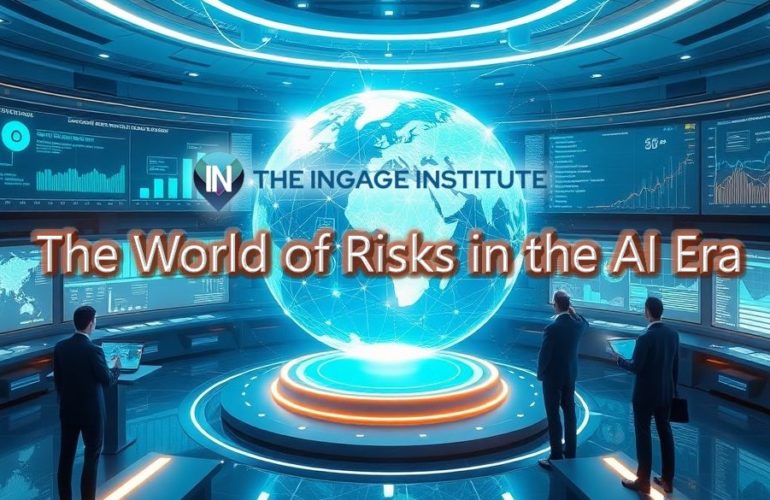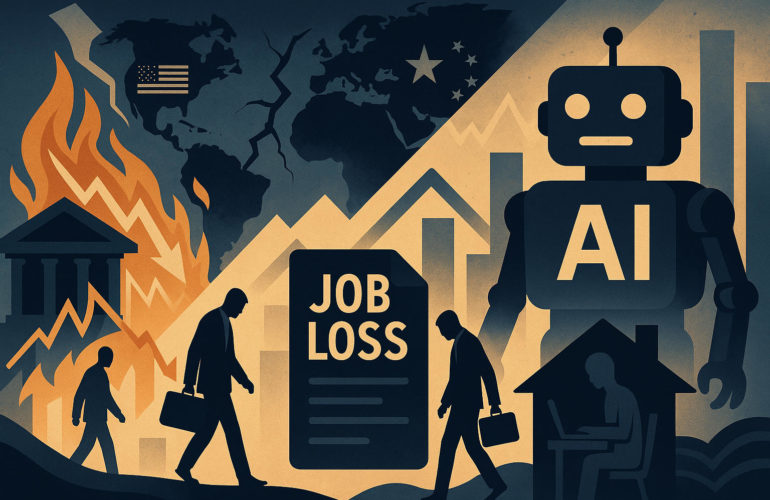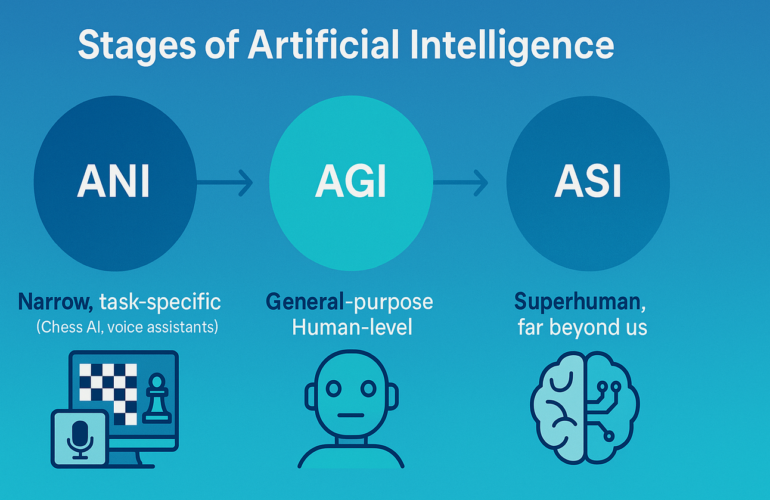Artificial Intelligence (AI) is rapidly transforming our world, but not all AI is created equal. As shown in the image above, AI development can be categorized into three main stages: ANI, AGI, and ASI. Let’s break down what each stage means and how they differ.
ANI: Artificial Narrow Intelligence
ANI, or Artificial Narrow Intelligence, refers to AI systems that are designed for a specific task. These systems excel at what they do, but they cannot perform tasks outside their programmed domain. Examples include chess-playing computers and voice assistants. ANI is the type of AI most commonly used today, powering everything from recommendation algorithms to smart home devices.
AGI: Artificial General Intelligence
AGI stands for Artificial General Intelligence. This stage represents AI that can understand, learn, and apply knowledge across a wide range of tasks-essentially matching human-level intelligence. AGI would be able to reason, solve problems, and adapt to new situations just like a person. While AGI is a popular topic in science fiction and research, it has not yet been achieved.
ASI: Artificial Superintelligence
ASI, or Artificial Superintelligence, is the hypothetical stage where AI surpasses human intelligence in every aspect-creativity, problem-solving, decision-making, and more. ASI would be “superhuman,” possessing abilities far beyond our own. This stage remains speculative, but it sparks important discussions about the future of AI and its potential impact on society.
⭐❓Quick Quiz❓⭐
True or False?
- AGI refers to artificial intelligence that matches or exceeds human intelligence across most domains.
- ASI stands for Artificial Super Intelligence and is expected to be far beyond human capabilities.
- AGI is the stage of AI that is narrow and task-specific, such as voice assistants or chess programs.
Answers
- True
- True
- False: this is ANI




